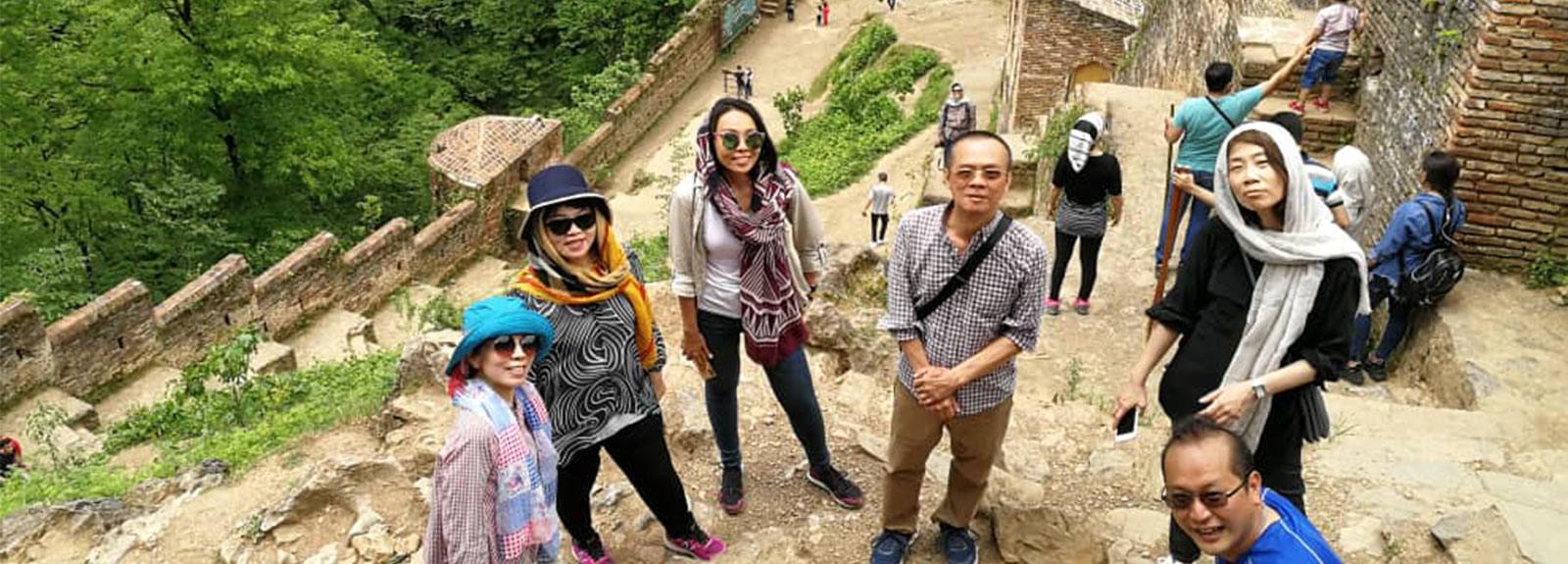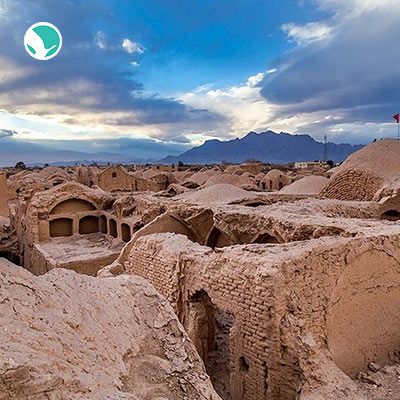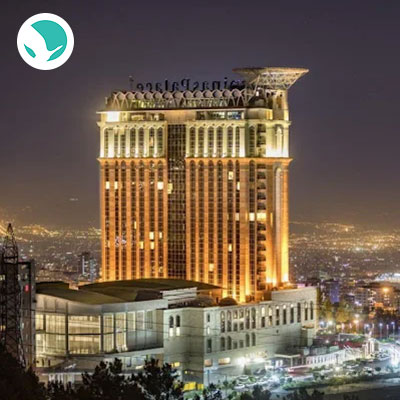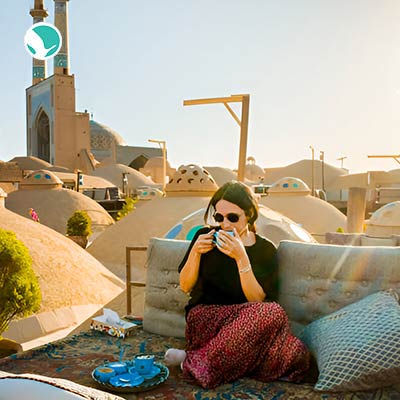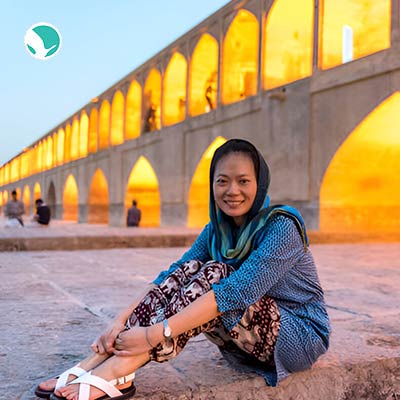Author: Mohammadreza Mazaheri
Edit date: 2025-06-26 05:52:32
Iran tour from Korea
HiPersia offers seamless visa and travel services for Korean tourists visiting Iran. From e-visa applications to convenient connecting flights, we handle all your travel needs. Enjoy Iran's rich culture, diverse cuisine, and friendly hospitality while learning helpful Persian phrases or using our local guides. We also provide local SIM cards, transportation options, and advice on cultural etiquette to ensure a smooth and memorable trip.
Visa and Entry Requirements
Korean citizens need a visa to enter Iran. HiPersia offers Iran visa services for you! You can apply for an
Iran e-visa with HiPersia, and we will take care of the rest. Your Iran visa will be issued as a paper, and there won't be any stamps on your passport. Don’t forget to make sure your passport is valid for at least six months.
Flights from Korea to Iran
Currently, there are no direct flights from Korea (Incheon) to Iran (Imam Khomeini), but we can find you convenient connecting flights through major cities around Iran like Dubai, Doha, Istanbul, or Beijing. Popular airlines include Qatar Airways, Emirates, Chinese Airlines, and Turkish Airlines. Flight duration typically ranges from 14 to 20 hours, but it's interchangeable with the circumstances. HiPersia offers plane ticket services as well, where we will find the most affordable and easiest route for you.
Currency and Payments
Iran uses the Rial (IRR), but prices are often in Toman (1 Toman = 10 Rials). Credit and debit cards issued by Korean banks do not work in Iran due to international sanctions, although you can get a Tourist Card where you can charge it with the amount you like. When your trip is done, we can return the surplus to you. These cards can be charged with the currency of your choice.
Language and Communication
The official language of Iran is Persian (Farsi). While English is somewhat understood in tourist areas, Korean is extremely rare (we have Korean-speaking staff in HiPersia). Learning basic Persian phrases or using a translation app will be helpful. Additionally, you can purchase a local SIM card for internet access, as international roaming may not be reliable.
Cultural Etiquette for Korean Visitors
Iranian culture places a strong emphasis on hospitality, and visitors from Korea are often warmly welcomed. Although, there are some cultural differences to be aware of:
- Greetings: The usual Iranian greeting is a handshake or putting your hand on your chest and nodding your head (only for men). Avoid handshakes between opposite genders unless initiated by the local person, as it's a taboo in Islam.
- Dress Code: Women in Iran must wear a headscarf. Men should avoid shorts (except for coastal areas).
- Shoes Indoors: In homes and some traditional restaurants, it is customary to remove shoes before entering, just like in Korea.
Food and Dietary Considerations
Iranian cuisine is one of the most diverse gastronomical cultures in the world, full of delicious options. However, keep in mind that pork and alcohol are strictly prohibited and not legal, so it will be a different experience. If you have dietary restrictions such as vegetarianism, most restaurants will accommodate your requests, but vegetarian options may be limited outside major cities. It’s better to plan accordingly.
Transportation Tips
- Public Transport: Metro systems in major cities like Tehran are quite solid.
- Taxis & Ride-hailing Apps: Apps like Snapp and Tap30 work similarly to Uber and are much cheaper than traditional taxis. You can easily access them.
- Intercity Travel: Domestic flights and long-distance buses are good options for traveling between cities. Just contact us and consider it done!
Safety and Security
Iran is generally a safe country for tourists as we have one of the friendliest cultures and people, with a low crime rate per capita. However, be mindful of cultural sensitivities, avoid sensitive topics, and respect local laws and beliefs.
Best Time to Visit Iran
Spring (March to May) and autumn (September to November) offer the most pleasant weather for travel. However, each season has its own charm, with hot summers and cold winters!



